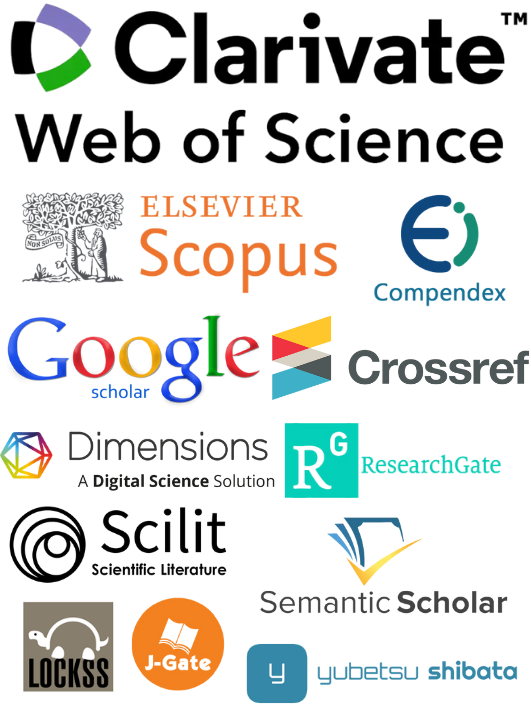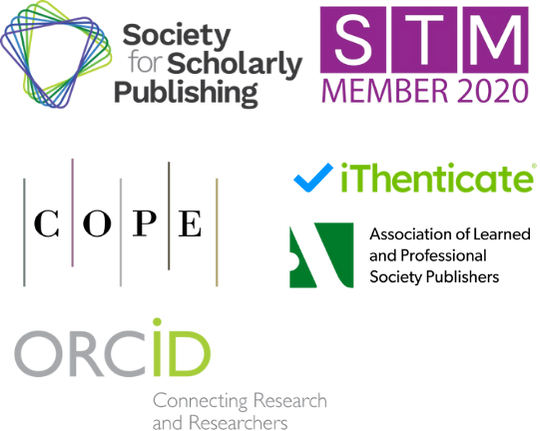Role of Technology in Transforming Contemporary Ballet Teaching Practices
DOI:
https://doi.org/10.71222/m83ezj79Keywords:
ballet education, dance technology, artificial intelligence, virtual reality, motion capture, digital pedagogyAbstract
The integration of technology into ballet education has revolutionized traditional teaching methodologies, creating unprecedented opportunities for enhanced learning experiences and pedagogical innovation. This paper examines the transformative role of technology in contemporary ballet teaching practices, analyzing the implementation of artificial intelligence, virtual reality, motion capture systems, and digital platforms in dance education. The research explores how these technological interventions have reshaped instructional approaches, assessment methods, and student engagement in ballet training. Through comprehensive analysis of current technological applications, this study reveals significant improvements in learning outcomes, skill acquisition, and accessibility of ballet education. The findings demonstrate that technology-enhanced ballet instruction not only preserves traditional pedagogical values but also expands educational possibilities through personalized feedback, immersive learning environments, and innovative assessment tools. The paper discusses challenges and opportunities associated with technological integration, highlighting the evolution from conventional studio-based instruction to hybrid and fully digital learning environments. The research concludes that while technology cannot replace the fundamental human elements of ballet instruction, it serves as a powerful complement that enhances traditional teaching methods and creates new pathways for artistic expression and skill development.
References
1. Z. Wang, "Artificial Intelligence in Dance Education: Using Immersive Technologies for Teaching Dance Skills," Technol. Soc., vol. 77, pp. 102579–102579, 2024, doi: 10.1016/j.techsoc.2024.102579.
2. M. Li, "The analysis of dance teaching system in deep residual network fusing gated recurrent unit based on artificial intelli-gence," Sci. Rep., vol. 15, no. 1, 2025, doi: 10.1038/s41598-025-85407-2.
3. J. Li and M. A. Ahmad, "Evolution and trends in online dance instruction: a comprehensive literature analysis," Front. Educ., vol. 10, 2025, doi: 10.3389/feduc.2025.1523766.
4. Y.-W. Ting, P.-H. Lin, and C.-L. Lin, "The Transformation and Application of Virtual and Reality in Creative Teaching: A New Interpretation of the Triadic Ballet," Educ. Sci., vol. 13, no. 1, pp. 61–61, 2023, doi: 10.3390/educsci13010061.
5. L. Yang, "The Evolution of Ballet Pedagogy: A Study of Traditional and Contemporary Approaches," J. Lit. Arts Res., vol. 2, no. 2, pp. 1–10, 2025, doi: 10.71222/2nw5qw82.
6. M. Kyan, G. Sun, H. Li, L. Zhong, P. Muneesawang, and N. Dong et al., "An Approach to Ballet Dance Training through MS Kinect and Visualization in a CAVE Virtual Reality Environment," ACM Trans. Intell. Syst. Technol., vol. 6, no. 2, pp. 1–37, 2015, doi: 10.1145/2735951.
7. H. Miko, Ronja Frizen, and C. Steinberg, "Using AI-based feedback in dance education - a literature review," Res. Dance Educ., pp. 1–25, 2025, doi: 10.1080/14647893.2025.2524160.
8. L.-J. Xu, J. Wu, J.-D. Zhu, and L. Chen, "Effects of AI-assisted dance skills teaching, evaluation and visual feedback on dance students' learning performance, motivation and self-efficacy," Int. J. Hum. Comput. Stud., vol. 195, p. 103410, 2024, doi: 10.1016/j.ijhcs.2024.103410.
9. J. Kang, C. Kang, J. Yoon, H. Ji, T. Li, and H. Moon et al., "Dancing on the inside: A qualitative study on online dance learning with teacher-AI cooperation," Dancing on the Inside: a Qualitative Study on Online Dance Learning with teacher-AI Cooperation, 2023, doi: 10.1007/s10639-023-11649-0.
10. P. Muneesawang, N. M. Khan, M. Kyan, R. B. Elder, N. Dong, and G. Sun et al., "A Machine Intelligence Approach to Virtual Ballet Training," IEEE MultiMedia, vol. 22, no. 4, pp. 80–92, 2015, doi: 10.1109/mmul.2015.73.
11. Maria Rita Nogueira, Maria Rita Nogueira, P. Menezes, P. Menezes, and M. de, "Exploring the impact of machine learning on dance performance: a systematic review," Int. J. Perform. Arts Digit. Media, pp. 1–50, 2024, doi: 10.1080/14794713.2024.2338927.
12. Y. Huang, "Enhancing ballet posture Teaching: Evaluation of a scientific computing model with motion capture integration," Entertain. Comput., vol. 52, p. 100824, 2025, doi: 10.1016/j.entcom.2024.100824.
13. L. Zhou, J. Zhao, and J. He, "A Diffusion Modeling-Based System for Teaching Dance to Digital Human," Appl. Sci., vol. 14, no. 19, pp. 9084–9084, 2024, doi: 10.3390/app14199084.
Downloads
Published
Issue
Section
License
Copyright (c) 2025 Mei Ling Tan (Author)

This work is licensed under a Creative Commons Attribution 4.0 International License.


